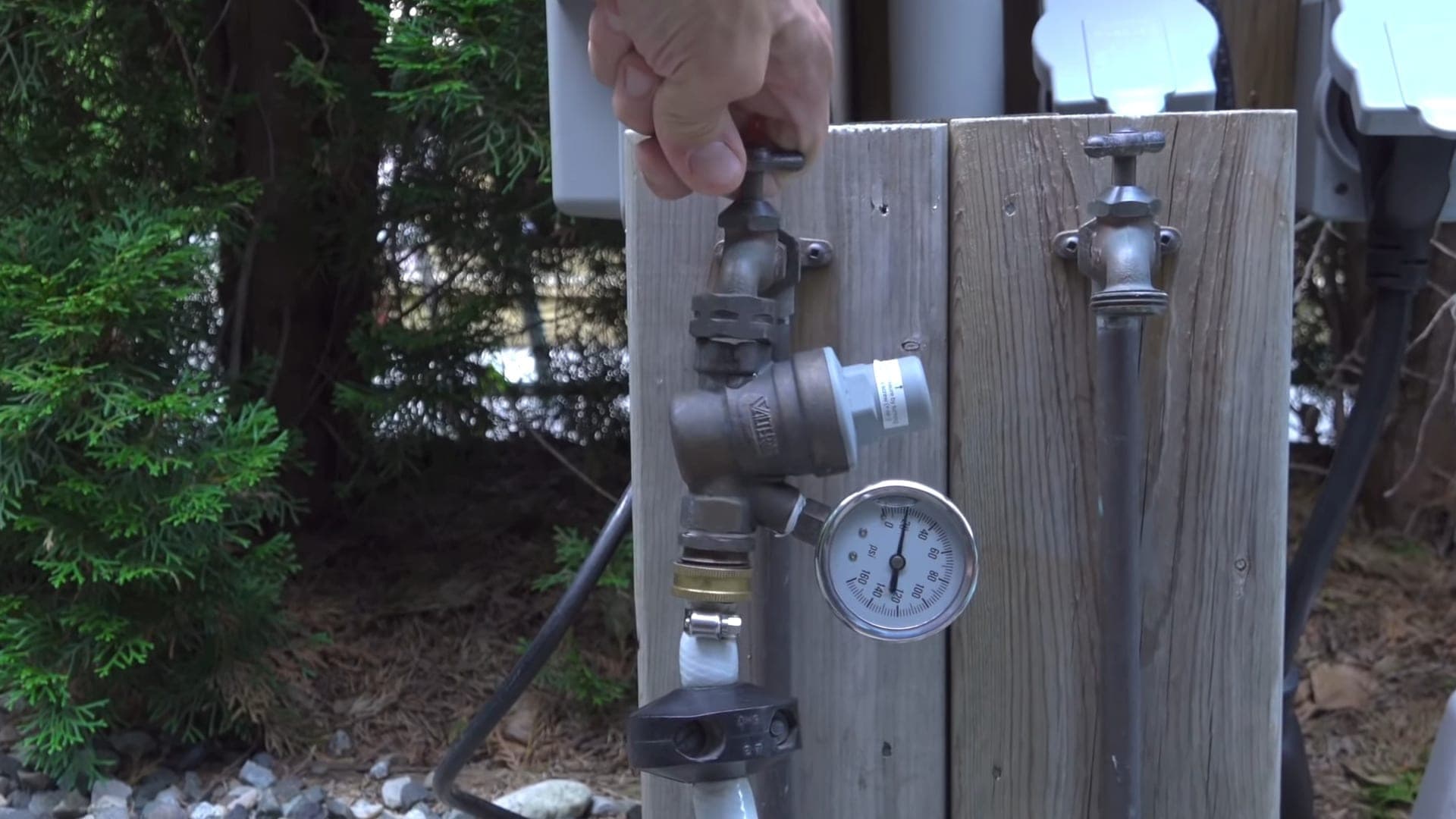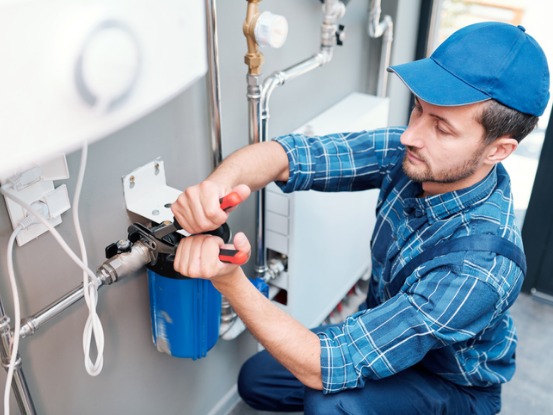Rapid Methods for Low Water Pressure in Your Home
Rapid Methods for Low Water Pressure in Your Home
Blog Article
Each person maintains his or her own assumption in relation to Dealing with Low Water Pressure in Your Home.

Low tide stress in your home can be an irritating problem, affecting whatever from bathing to washing dishes. If you're experiencing weak water circulation, there are numerous possible causes and options to explore. In this overview, we'll talk about usual factors for low tide pressure and practical steps to attend to the issue successfully.
Introduction to Low Water Pressure
Low tide pressure takes place when the circulation of water from your taps, showers, and various other components is weak than common. This can make day-to-day jobs extra difficult and less efficient. Understanding the root causes of low water stress is important to finding the appropriate option.
Usual Causes of Low Water Pressure
Faulty Pressure Regulators
Pressure regulatory authorities are responsible for preserving regular water pressure in your home. If they malfunction, it can cause low tide pressure or unequal circulation throughout the house.
Metropolitan Water System Issues
Occasionally, the issue exists outside your home. Local supply of water issues, such as main line leaks or maintenance work, can momentarily lower water pressure in your area.
Pipe Obstructions
Over time, pipelines can come to be blocked with natural resource, sediment, or particles, limiting the flow of water. This is a typical concern in older homes with galvanized steel pipes.
Rust
Rust within pipes can bring about leaks and reduced water pressure. Corrosion build-up can restrict water circulation, particularly in maturing plumbing systems.
Exactly How to Identify Low Tide Pressure
Evaluating Pipes
Examine noticeable pipelines for indications of leakages, rust, or clogs. Take notice of any unusual audios, such as banging or rattling pipelines, which can show concerns within the plumbing system.
Consulting with a Plumber
If you're unable to determine the source of low water pressure, think about employing a specialist plumber to perform a complete assessment. They can recognize underlying problems and advise ideal options.
Examining Taps and Components
Begin by examining the water stress at different taps and components throughout your home. If the problem is isolated to details areas, it might show localized issues.
DIY Solutions to Take Care Of Low Water Stress
Flushing Water Heater
Debris buildup in the hot water heater can limit circulation and decrease performance. Flushing the tank periodically helps eliminate debris and preserve optimum performance.
Examining Stress Regulator
Make sure that the stress regulatory authority is functioning appropriately. Adjusting or changing the regulator can help recover appropriate water stress throughout your home.
Cleansing Aerators and Showerheads
Mineral deposits can accumulate in aerators and showerheads, decreasing water circulation. Remove and clean these parts on a regular basis to enhance water pressure.
Clearing Up Clogs in Water Lines
For small blockages, attempt using a plumbing serpent or chemical drainpipe cleaner to clear blockages in pipelines. Be cautious when utilizing chemicals and comply with safety and security standards.
When to Call a Professional Plumber
If do it yourself efforts fail to settle the problem or if you suspect substantial plumbing issues, it's finest to look for support from an accredited plumber. They have the knowledge and tools to resolve intricate problems safely and effectively.
Preventive Measures to Keep Water Pressure
Setting Up a Stress Booster
Consider installing a pressure booster pump to boost water pressure in locations with regularly reduced circulation. This can be specifically beneficial for multi-story homes or homes with high-demand fixtures.
Tracking Water Use
Bear in mind water usage routines and prevent ill-using the plumbing system. Simple adjustments, such as shocking showers and washing loads, can assist keep ample water pressure.
Routine Upkeep
Schedule regular maintenance for your plumbing system to avoid concerns such as rust, leaks, and clogs. Dealing with minor issues early can aid prevent even more significant fixings later on.
Conclusion
Dealing with low tide stress can be aggravating, yet recognizing the underlying reasons and carrying out appropriate options can bring back optimal circulation throughout your home. Whether it's cleaning aerators, checking pipes, or consulting with a plumber, taking proactive actions can make sure a consistent supply of water for your daily requirements.
FOUR WAYS TO FIX LOW WATER PRESSURE NOW
Turning on a shower or faucet only to find the water comes out in a sad, slow drizzle is never a good feeling. How exactly are you supposed to wash a pan or take a quick shower when it takes 10 minutes just to rinse off a little soap? The good news is that when your water pressure is bad, there's always a cause: typically one that can be easily fixed. Here are some of the most common causes of low pressure and what you can do to fix the issue:
DEBRIS AND MINERAL DEPOSIT BUILDUPS
If you notice low water pressure from just one or two of the fixtures in your house, the problem likely has to do with debris buildup. Water is full of minerals and other debris, all of which can accumulate in your pipes and on your fixtures. This can cause a blockage that affects how much water flows through. To fix this, try filling a small plastic bag with white vinegar, and use a rubber band to hang it around your showerhead or faucet. Let the head of the fixture soak for a few hours, and the vinegar should loosen the deposits.
WATER LEAKS
Leaks are another common cause of low water pressure. If water is flowing out of your plumbing through a hole or crack before it can reach your fixture, the pressure coming out of the faucet or showerhead will be lower. A plumbing professional is your best bet for finding and repairing a leak in your water supply pipes.
Leaks are another common cause of low water pressure. If water is flowing out of your plumbing through a hole or crack before it can reach your fixture, the pressure coming out of the faucet or showerhead will be lower. A plumbing professional is your best bet for finding and repairing a leak in your water supply pipes.
A VALVE ISSUE
If you have low water pressure throughout your home, check your main shut-off valve to make sure it's completely open. You may also want to see if there's a pressure-reducing valve installed. If there is, have a plumber help you adjust the settings to get the pressure you're looking for.
OTHERS USING WATER
Believe it or not, your low water pressure could be caused by your neighbors. If you notice low pressure at certain times of day, it may be because you and the people living next to you have similar schedules - when everyone is showering at the same time, the pressure will be lower in every home. Low pressure throughout the neighborhood may also be caused by an issue with your municipal water supply. If that's the case, call the supplier to see if they're working on the issue.
https://www.rotorooter.com/blog/water-leaking/low-water-pressure-fixes/

We had been shown that write-up on from someone on our other web page. Are you aware of anybody else who is serious about the subject? Feel free to share it. We take joy in your readership.
Book Report this page